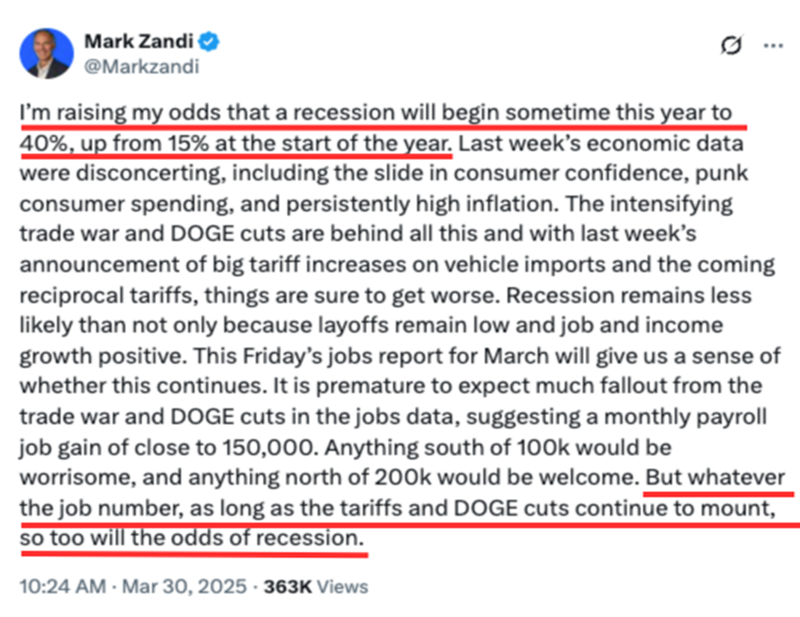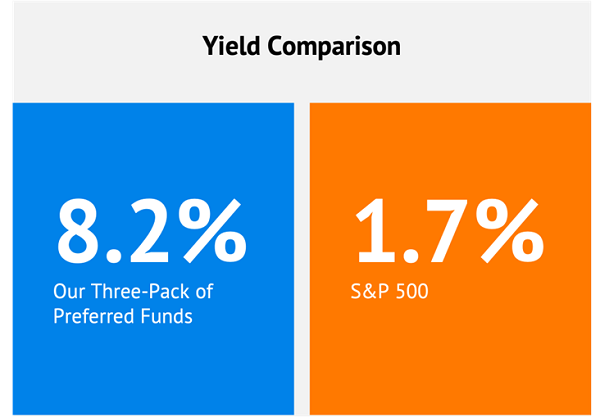The Fed is cutting, and that’s bullish for preferred stocks and their big payouts. Let’s look at a trio yielding up to 9.8% that will benefit from every ease from Mr. “Dead Man Walking” Jay Powell.
Most vanilla investors know common shares—and stop there. They buy banks like Bank of America (BAC) or Wells Fargo (WFC) by typing “BAC” or “WFC” into their brokerage account.
Financial firms also offer preferred shares with much bigger payouts. All we need to do is keep typing.
Preferreds are part stock, part bond. These hybrids trade on regular exchanges under normal tickers. They pay dividends and represent ownership, but their income stems from “bond” DNA.… Read more




Recent Comments